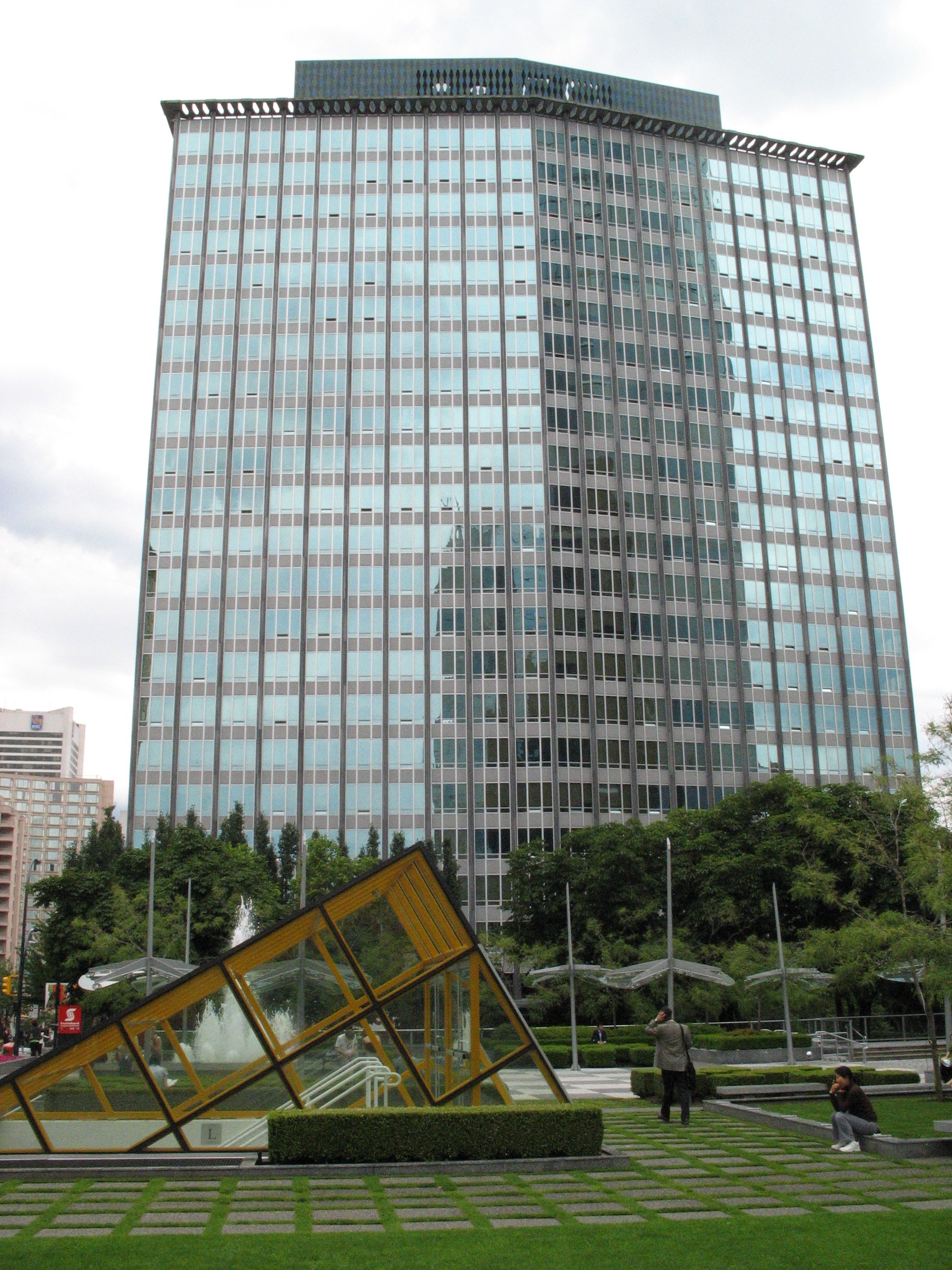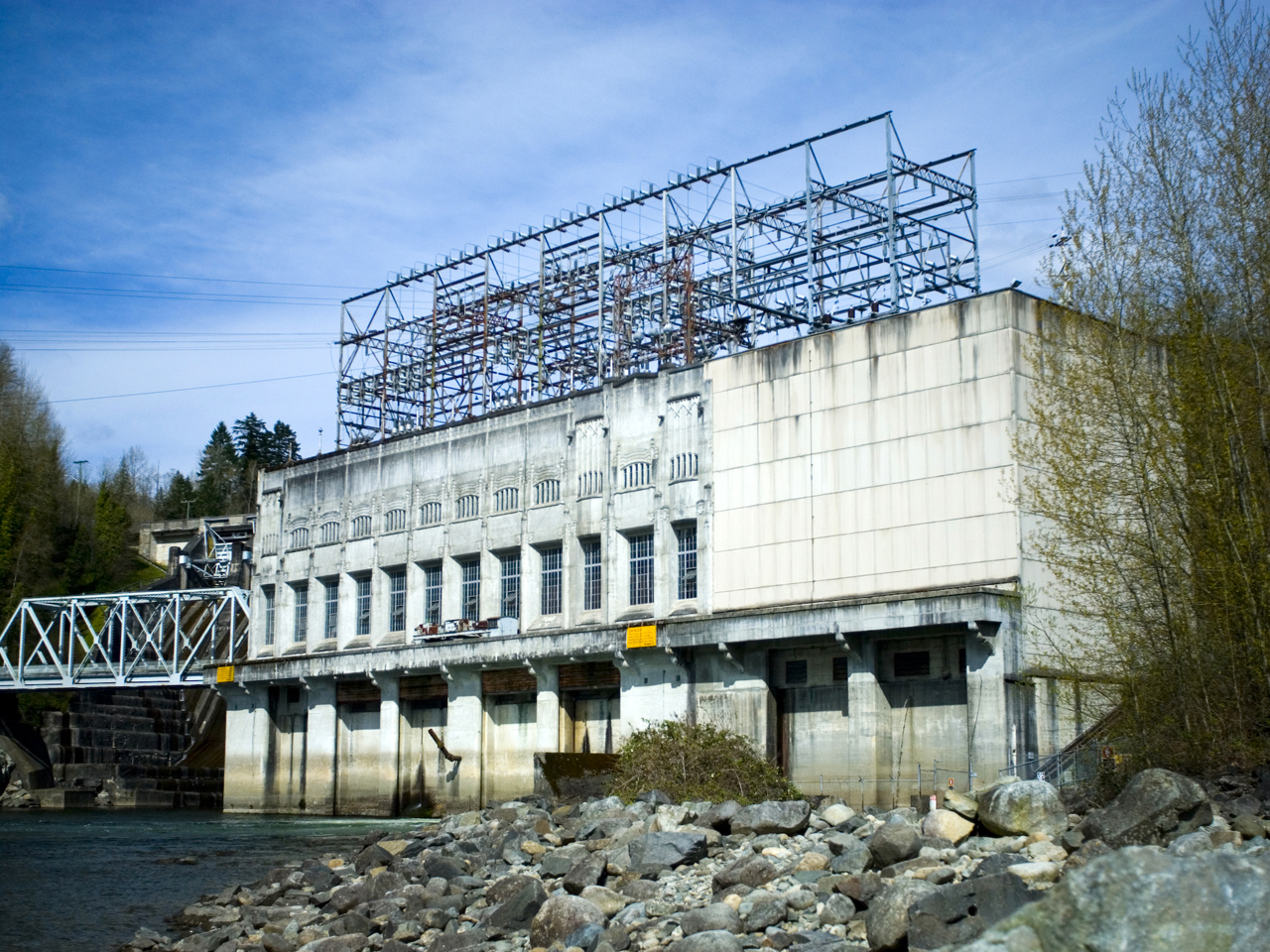|
Whatshan Dam
Whatshan Dam was built by the B.C. Power Commission and completed in 1952. It is a concrete hydroelectric dam on the Whatshan River in the Canadian province of British Columbia. The Whatshan powerhouse has undergone three major transformations since 1951 when it was first built by the British Columbia Power Commission to provide electricity to the Okanagan and the Upper Arrow Lakes in 1951. In 1953 the powerhouse was destroyed after a rock and mud slide roared down the mountainside. The powerhouse was rebuilt soon after only to have to be rebuilt again a few metres higher to avoid being flooded after the completion of the Hugh Keenleyside Dam in 1968. The replacement 54MW powerhouse completed in 1972 is at the end of a 3.4 kilometre long tunnel and is located on the western side of Upper Arrow Lake in the Monashee Mountains. [...More Info...] [...Related Items...] OR: [Wikipedia] [Google] [Baidu] |
Whatshan River
The Whatshan River is a tributary of the Columbia River in the West Kootenay region of southeastern British Columbia. The river's drainage basin is approximately in area. Course The Whatshan River flows generally south, passing through Whatshan Lake before joining the Columbia River in Lower Arrow Lake near the Needles Ferry. Name origin In 1865, explorer James Turnbull noted in his diary that his party was camping at the mouth of the What-shaan River. Walter Moberly's 1866 map labelled the lake and river as Waatshaan. In 1884, Gilbert Malcolm Sproat referred to the Whatch-shan stream. The present spelling first appears in George Dawson's 1889 report. The actual indigenous term these explorers were attempting to transcribe, and consequently its meaning, is unclear. A lake, river, peak, and mountain range have received the name. See also *List of British Columbia rivers *Tributaries of the Columbia River Tributaries and sub-tributaries are hierarchically listed in order from the ... [...More Info...] [...Related Items...] OR: [Wikipedia] [Google] [Baidu] |
BC Hydro
The British Columbia Hydro and Power Authority, operating as BC Hydro, is a Canadian electric utility in the province of British Columbia. It is the main electricity distributor, serving more than 4 million customers in most areas, with the exception of the City of New Westminster, where the city runs its own electrical department and portions of the West Kootenay, Okanagan, the Boundary Country and Similkameen regions, where FortisBC, a subsidiary of Fortis Inc. directly provides electric service to 213,000 customers and supplies municipally owned utilities in the same area. As a provincial Crown corporation, BC Hydro reports to the BC Ministry of Energy, Mines and Low Carbon Innovation, and is regulated by the British Columbia Utilities Commission (BCUC). Its mandate is to generate, purchase, distribute and sell electricity. BC Hydro operates 32 hydroelectric facilities and three natural gas-fueled thermal power plants. As of 2014, 95 per cent of the province's electricity was ... [...More Info...] [...Related Items...] OR: [Wikipedia] [Google] [Baidu] |
Hydroelectricity
Hydroelectricity, or hydroelectric power, is Electricity generation, electricity generated from hydropower (water power). Hydropower supplies one sixth of the world's electricity, almost 4500 TWh in 2020, which is more than all other Renewable energy, renewable sources combined and also more than nuclear power. Hydropower can provide large amounts of Low-carbon power, low-carbon electricity on demand, making it a key element for creating secure and clean electricity supply systems. A hydroelectric power station that has a dam and reservoir is a flexible source, since the amount of electricity produced can be increased or decreased in seconds or minutes in response to varying electricity demand. Once a hydroelectric complex is constructed, it produces no direct waste, and almost always emits considerably less greenhouse gas than fossil fuel-powered energy plants. [...More Info...] [...Related Items...] OR: [Wikipedia] [Google] [Baidu] |
Provinces And Territories Of Canada
Within the geographical areas of Canada, the ten provinces and three territories are sub-national administrative divisions under the jurisdiction of the Canadian Constitution. In the 1867 Canadian Confederation, three provinces of British North America—New Brunswick, Nova Scotia, and the Province of Canada (which upon Confederation was divided into Ontario and Quebec)—united to form a federation, becoming a fully independent country over the next century. Over its history, Canada's international borders have changed several times as it has added territories and provinces, making it the world's second-largest country by area. The major difference between a Canadian province and a territory is that provinces receive their power and authority from the ''Constitution Act, 1867'' (formerly called the ''British North America Act, 1867''), whereas territorial governments are creatures of statute with powers delegated to them by the Parliament of Canada. The powers flowing from t ... [...More Info...] [...Related Items...] OR: [Wikipedia] [Google] [Baidu] |
British Columbia
British Columbia (commonly abbreviated as BC) is the westernmost province of Canada, situated between the Pacific Ocean and the Rocky Mountains. It has a diverse geography, with rugged landscapes that include rocky coastlines, sandy beaches, forests, lakes, mountains, inland deserts and grassy plains, and borders the province of Alberta to the east and the Yukon and Northwest Territories to the north. With an estimated population of 5.3million as of 2022, it is Canada's third-most populous province. The capital of British Columbia is Victoria and its largest city is Vancouver. Vancouver is the third-largest metropolitan area in Canada; the 2021 census recorded 2.6million people in Metro Vancouver. The first known human inhabitants of the area settled in British Columbia at least 10,000 years ago. Such groups include the Coast Salish, Tsilhqotʼin, and Haida peoples, among many others. One of the earliest British settlements in the area was Fort Victoria, established ... [...More Info...] [...Related Items...] OR: [Wikipedia] [Google] [Baidu] |
Keenleyside Dam
Hugh Keenleyside Dam (formerly known as the High Arrow Dam) is a flood control dam spanning the Columbia River, 12 km (6.5 miles) upstream of the city of Castlegar, British Columbia, Canada. Dam The dam is at the outflow of what was the upper and lower Arrow Lakes; today the two lakes are joined forming one long reservoir extending north to Revelstoke Dam, and contains 8.76 km3 (7.1 MAF) of reservoir volume. The dam is operated by BC Hydro. The long earth fill and concrete dam was built as part of fulfilling Canada's obligations under the Columbia River Treaty, along with the Duncan Dam, both were built to prevent flooding and control the flow of water in the Columbia River for downstream hydroelectric dams. It was commissioned on October 10, 1968, six months ahead of schedule. Immediately downstream of the dam a 185 megawatt (MW) hydroelectric powerhouse, the Arrow Lakes Generating Station, began construction in 1999 and was completed in 2002. The station is owne ... [...More Info...] [...Related Items...] OR: [Wikipedia] [Google] [Baidu] |
Arrow Lakes
The Arrow Lakes in British Columbia, Canada, divided into Upper Arrow Lake and Lower Arrow Lake, are widenings of the Columbia River. The lakes are situated between the Selkirk Mountains to the east and the Monashee Mountains to the west. Beachland is fairly rare, and is interspersed with rocky headlands and steep cliffs. Mountain sides are heavily forested, and rise sharply to elevations around 2,600 metres. Originally two lakes 14 miles apart, the Arrow Lakes became one 230 km long lake due to the reservoir created by the 1960s construction of the Keenleyside Dam; at low water the two lakes remain distinct, connected by a fast-moving section known as the Narrows. Damming the Lower Arrow Lake resulted in water rising 12 metres above natural levels. As a result of higher water, the valley lost 2/3 of its arable land. Approximately two thousand people were relocated. The lake stretches from just north of Castlegar in the south to Revelstoke in the north. Another hydroe ... [...More Info...] [...Related Items...] OR: [Wikipedia] [Google] [Baidu] |
Monashee Mountains
The Monashee Mountains are a mountain range lying mostly in British Columbia, Canada, extending into the U.S. state of Washington. They stretch from north to south and from east to west. They are a sub-range of the Columbia Mountains. The highest summit is Mount Monashee, which reaches . The name is from the Scottish Gaelic ''monadh'' and ''sìth,'' meaning "moor" and "peace". Geography The Monashee Mountains are limited on the east by the Columbia River and Arrow Lakes, beyond which lie the Selkirk Mountains. They are limited on the west by the upper North Thompson River and the Interior Plateau. The northern end of the range is Canoe Mountain at the south end of the Robson Valley, near of the town of Valemount, British Columbia. The southern extremity of the range is in Washington State, where the Kettle River Range reaches the confluence of the Kettle River and the Columbia, and reaches west to the southern extremity of the Okanagan Highland (spelled Okanogan Highland in t ... [...More Info...] [...Related Items...] OR: [Wikipedia] [Google] [Baidu] |
List Of Generating Stations In British Columbia
This is a list of electrical generating stations in British Columbia, Canada. Hydroelectric List of most of the hydroelectric generating stations in British Columbia. Hydroelectric stations owned by BC Hydro A list of all grid-tied hydroelectric generation stations in British Columbia operated by BC Hydro Hydroelectric stations with partial BC Hydro ownership Waneta Dam has been wholly owned by BC Hydro since July 2018 after Fortis BC finalized an agreement with Teck to sell its 66% interest in the dam, but BC Hydro had first rights to purchase the remaining 66% from its first 1/3 ownership deal. Privately-owned hydroelectric stations This list includes all grid-connected hydroelectric generating stations not owned by the Crown Corporation BC Hydro. This list includes stations owned and operated by Independent Power Producers as well as by private utilities such as Nelson Hydro and FortisBC. In some cases, such as Lois Lake and Powell Lake, the electricity g ... [...More Info...] [...Related Items...] OR: [Wikipedia] [Google] [Baidu] |
Dams In British Columbia
A dam is a barrier that stops or restricts the flow of surface water or underground streams. Reservoirs created by dams not only suppress floods but also provide water for activities such as irrigation, human consumption, industrial use, aquaculture, and navigability. Hydropower is often used in conjunction with dams to generate electricity. A dam can also be used to collect or store water which can be evenly distributed between locations. Dams generally serve the primary purpose of retaining water, while other structures such as floodgates or levees (also known as dikes) are used to manage or prevent water flow into specific land regions. The earliest known dam is the Jawa Dam in Jordan, dating to 3,000 BC. The word ''dam'' can be traced back to Middle English, and before that, from Middle Dutch, as seen in the names of many old cities, such as Amsterdam and Rotterdam. History Ancient dams Early dam building took place in Mesopotamia and the Middle East. Dams were used ... [...More Info...] [...Related Items...] OR: [Wikipedia] [Google] [Baidu] |







